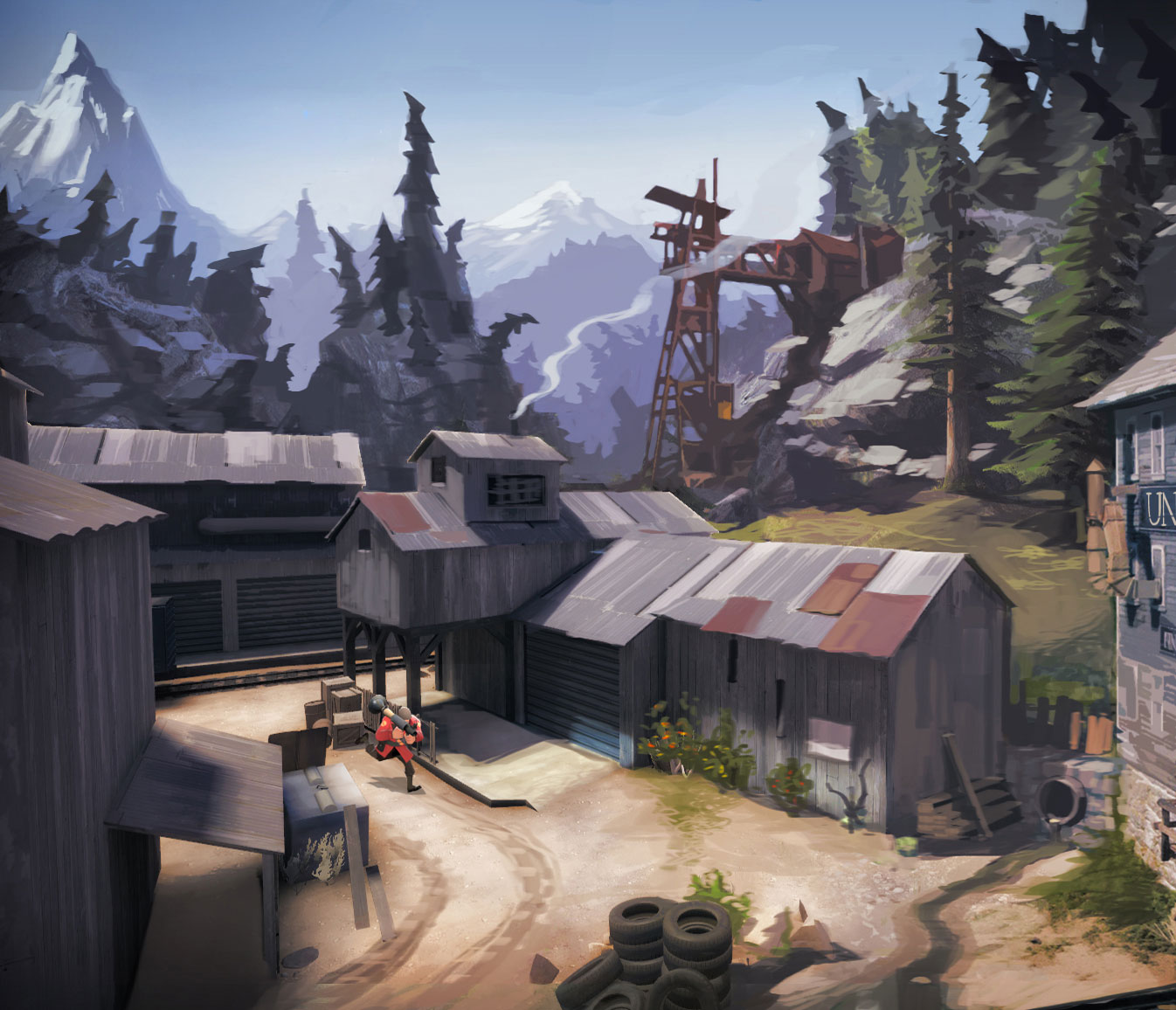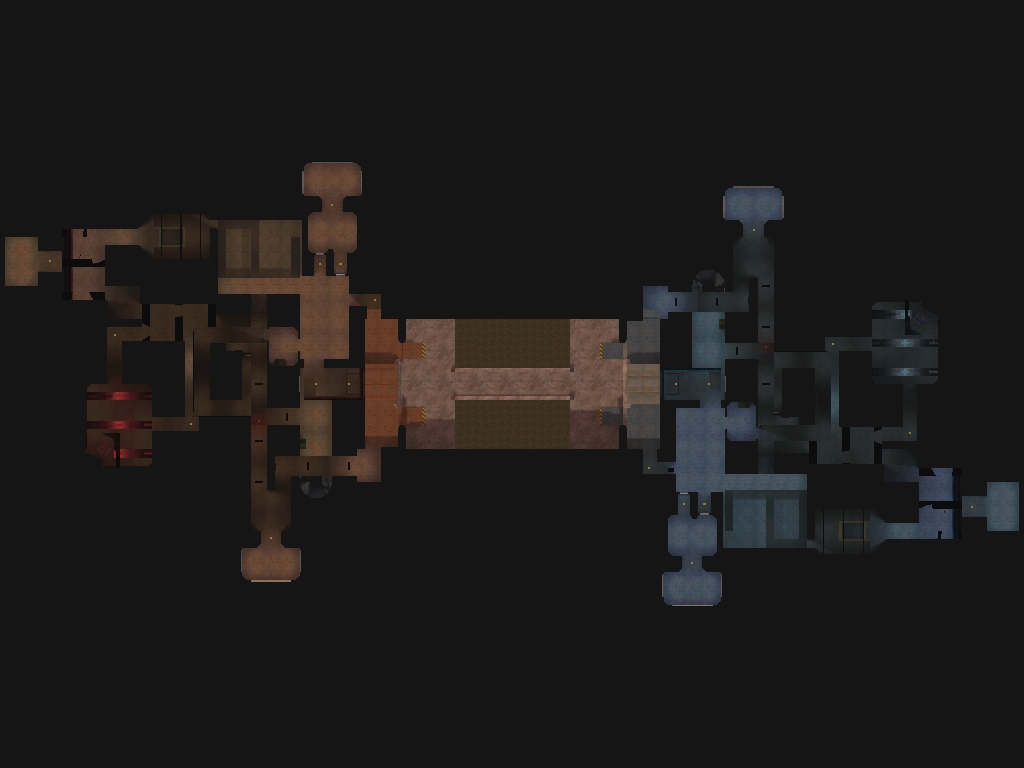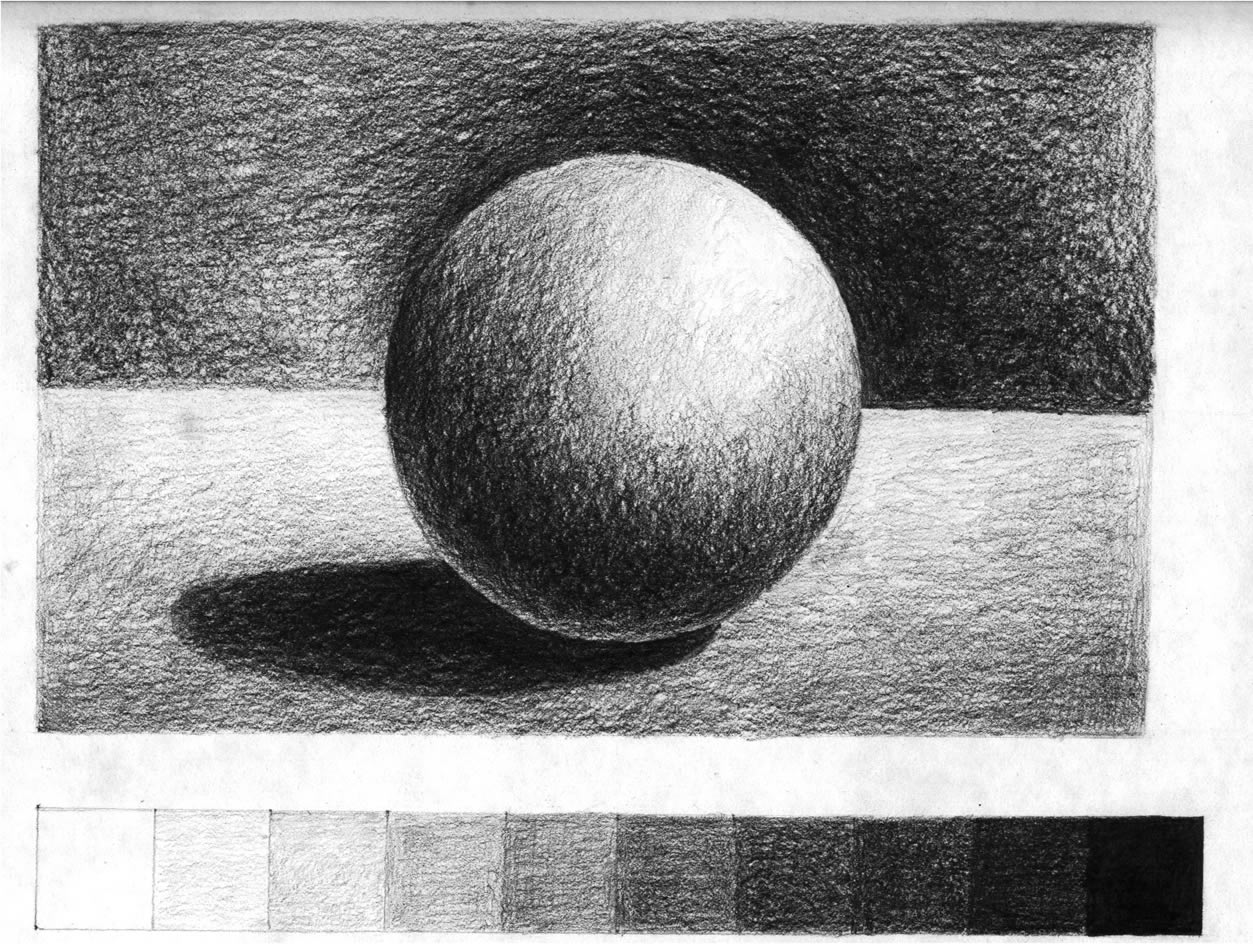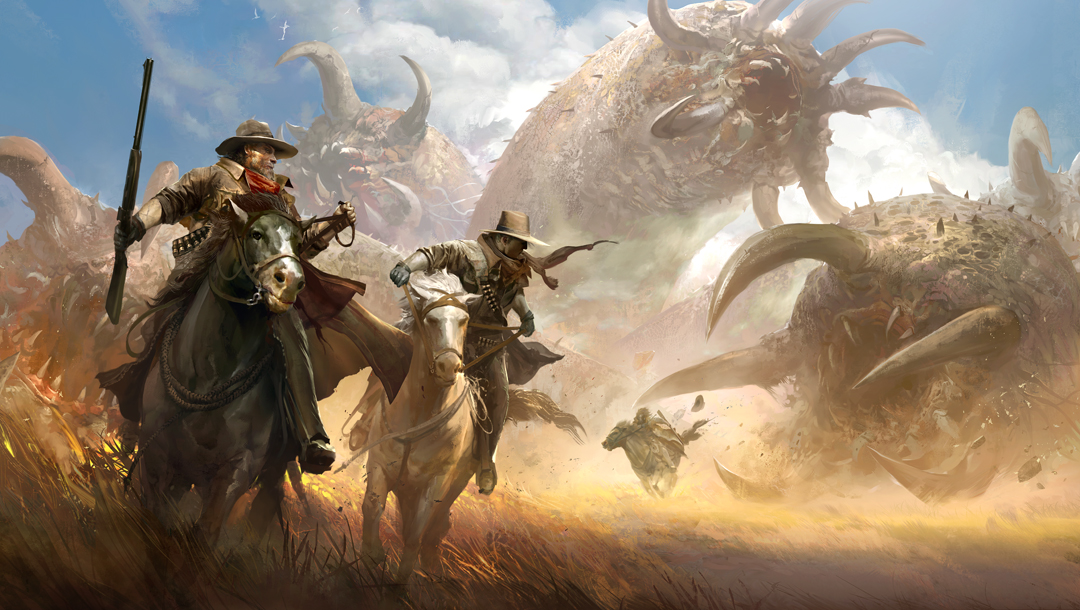I have been tasked with writing a technical specification for a game...so.. here it goes.
Outline
- An old school Unreal/Quake style shooter with medium to large arena type maps. capable of holding anywhere between 24-64 players. I do not want the game top be rooted in reality and so i want really imaginative guns and perks.
- PC exclusive
- Aimed toward 18+
- I want the main focus of this game to be fun and highly moddable, i want to emphasise the fact that community made maps are welcomed and encouraged, ergo a simplified map editor will be free with the game.
- Stylised and efficient design similar to Team Fortress 2 to make it accessible to PC owners of all hardware types.
- New guns and perks are bought from shop keepers throughout the map similar to DOTA 2 or League of Legends, with money coming from killing or assisting in killing enemy units.
Lead Character
- Characters model is based of a weight system, similar to that in Brink, slim models are faster and more agile but are burdened with less health etc.
- highly customisable character. Everything from hair to colour of shoelaces can be altered, giving a much deeper connection to the players character.
- Tri limit can be anywhere from 5000 to 10000 depending on kit chose although texture sizes will be small to help keep the engine running smoothly. Diffuse, normal, gloss and specular maps all used.
- Character can be customised on the fly between deaths to bring a fun dynamic to the game.
 |
| customizable appearances from brink |
NPC
- Shopkeepers from the maps' shops.
- 3 different variations, all claiming to be brothers of one another but looking rather suspiciously similar.
- Very quotable, funny and weird. Not someone you want to be around for too long.
- reasonably low poly 5000-8000 tris
 |
| Dota 2's shopkeeper. full of character. |
- One weapon has a controllable rocket that is ridden as a hat tip to the famous scene in Dr Strangelove.
- A highly damaging AOE explosive outcome at the cost of suiciding.
- Can be blown up mid flight if the rocket is shot at before it hits a target or terrain.
 |
| riding the bomb, Dr Strangelove |
- Medium to large in size to be able to hold the requested 24-64 player limits
- Simple, clean and not overly distracting from the multiplayer experience, much like Team Fortress 2
- lots of verticality and many different routes to the same point for varied and fun experiences. Making every game a "unique" experience, slight exploration for newer players.
- Choke points and highly fought for parts of land like bridges or sniper points for intensive action.
- Keeping within the same fun aesthetic
- 2 or 3 shops hidden within levels for buying weapons. possible neutral zone to prevent camping those spots.
- Simple, tri effective props dotted all over the map for added cover and to help populate the map.
- Not overly distracting or overly detailed, so players can focus on the multiplayer action.
- Health and ammo pickups, because regenerating health is stupid.
- Team Fortress 2 again is a very good example.
 |
| superb example of simple, yet populated multiplayer map |









